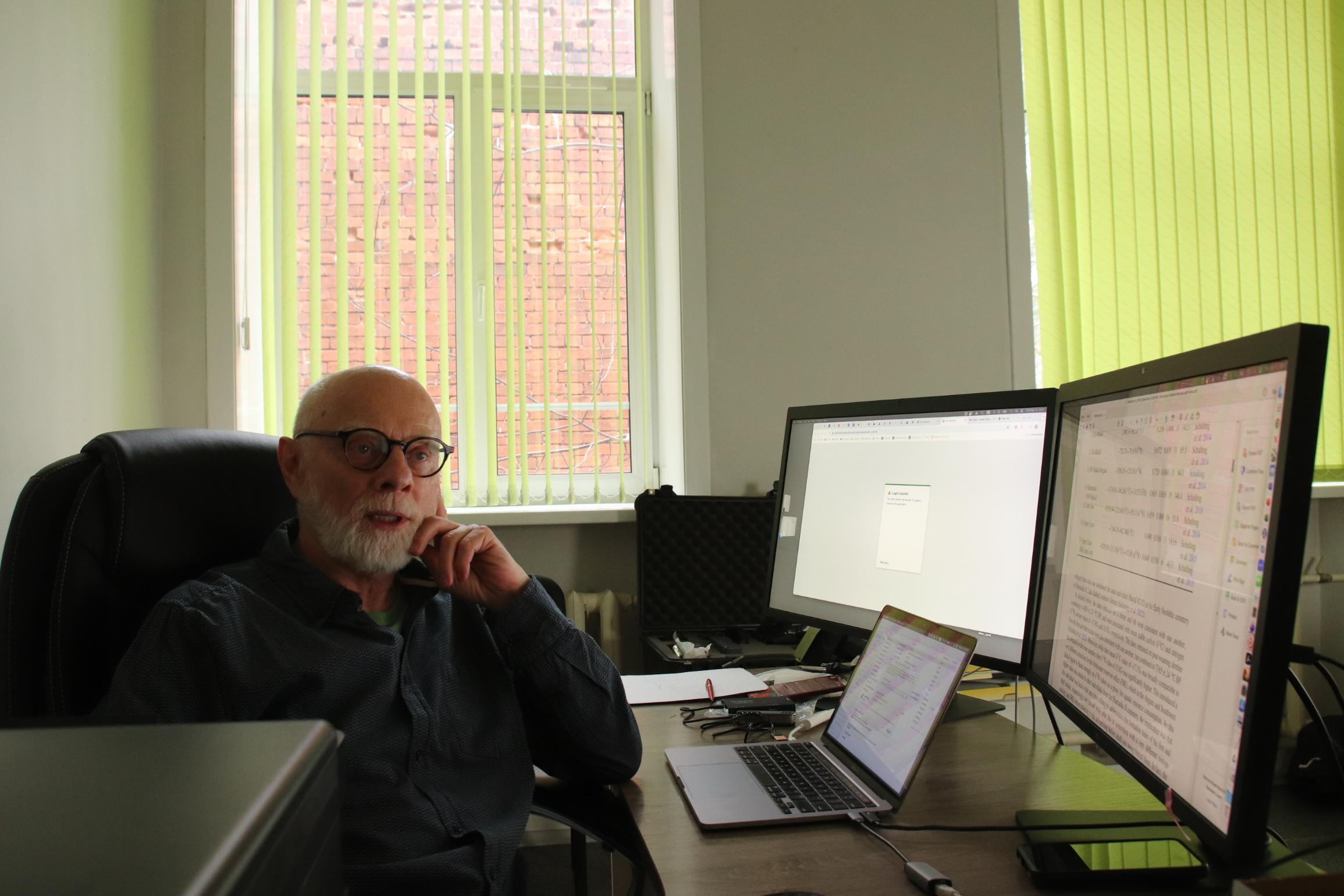For about six years, archaeologists from ISU, along with their foreign colleagues, have been studying the enigmatic Shamanka II burial site (southern Baikal). In one of the graves, the remains of the lower part of a human skeleton were found. The diet, according to radioisotope analysis, was completely different from that of residents of any of the regions of the Angara and Baikal. Near the remains of the lower part of the skeleton, a mandible was found, the teeth of which were also studied using the radioisotope method.
Andrzej Weber, Professor at the University of Alberta (Canada), honorary professor of ISU:
Since teeth are formed in childhood, radioisotope analysis of their composition can provide information about the nature of nutrition in childhood. Judging by the results of the study of the teeth of the discovered jaw, it belonged to a local resident. Therefore, we assumed that the individual was born here, later migrated to a remote area, and then returned and was buried in their homeland.
However, new research data from a bone tissue sample of the mandible did not confirm this hypothesis.
Vladimir Bazaliyskiy, Researcher at ISU Scientific Research Centre “Baikal region”:
After examining the bone tissue of the jaw, we concluded that the jaw is not a part of the skeleton of the individual with the exotic diet: the chemical composition of the bone reflects the nature of nutrition in the last 5-6 years, and for this sample, it was identical to the pattern observed in local residents.
Apparently, we are still dealing with an extremely rare case of long-distance migration in the Neolithic period.
The new research data from the Shamanka II burial site has been published in the journal Radiocarbon.
















